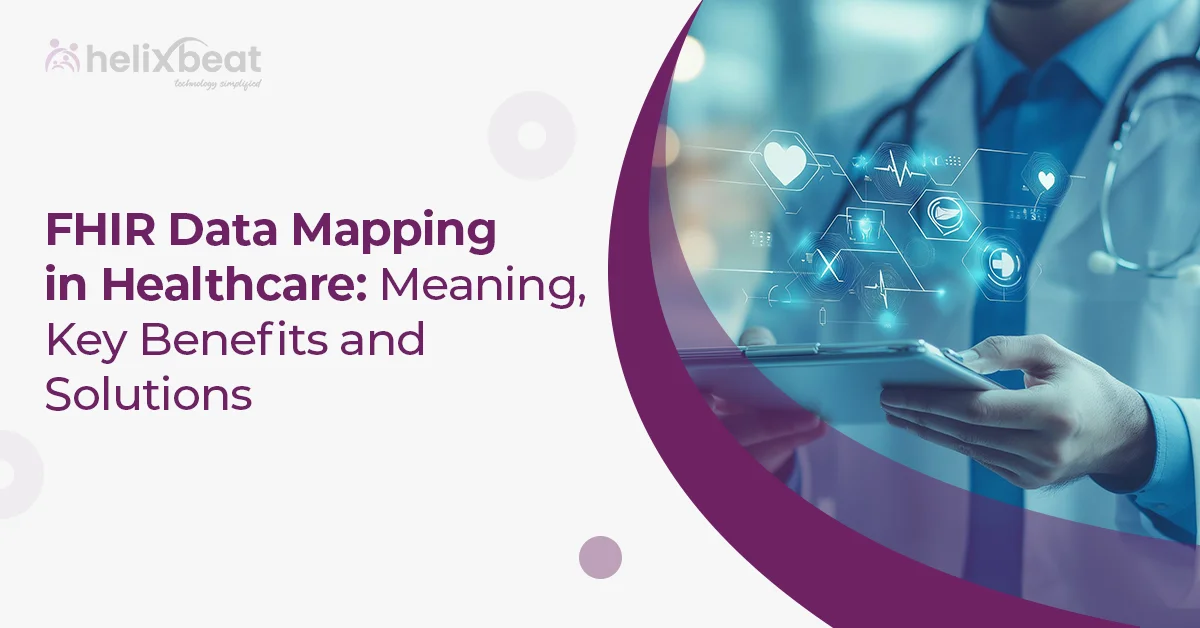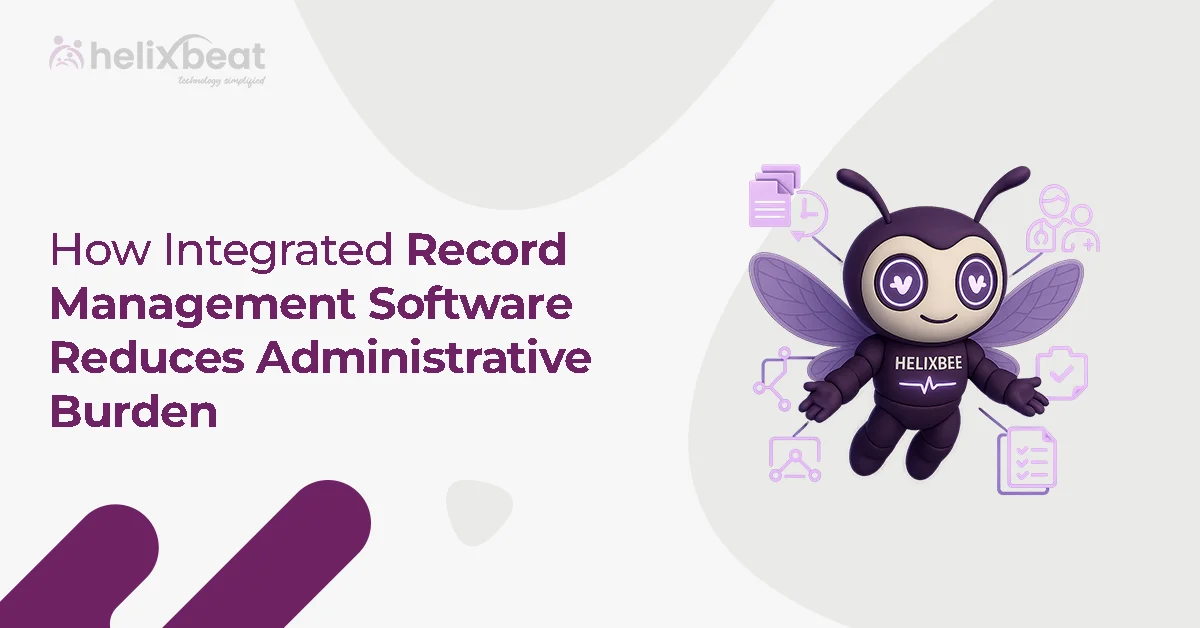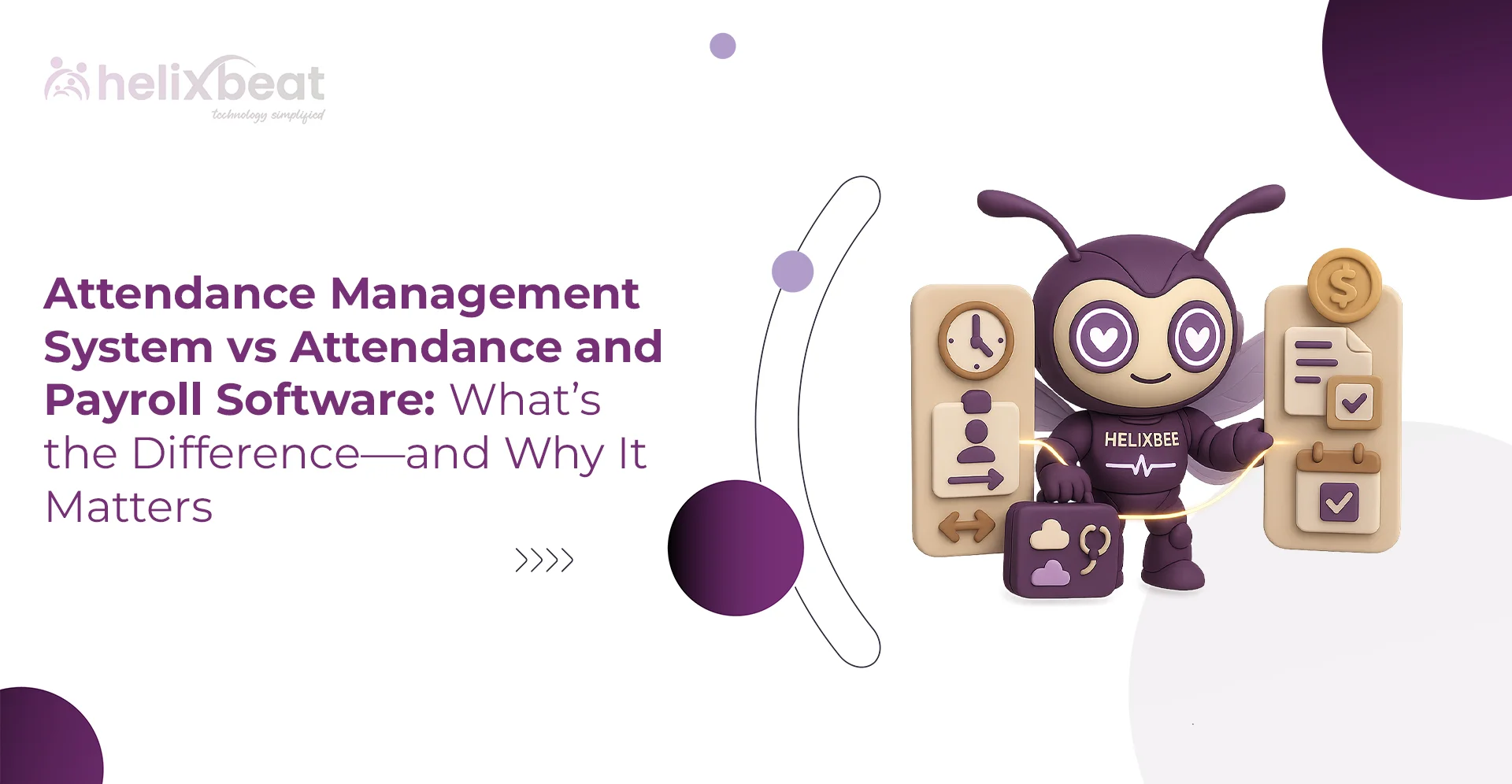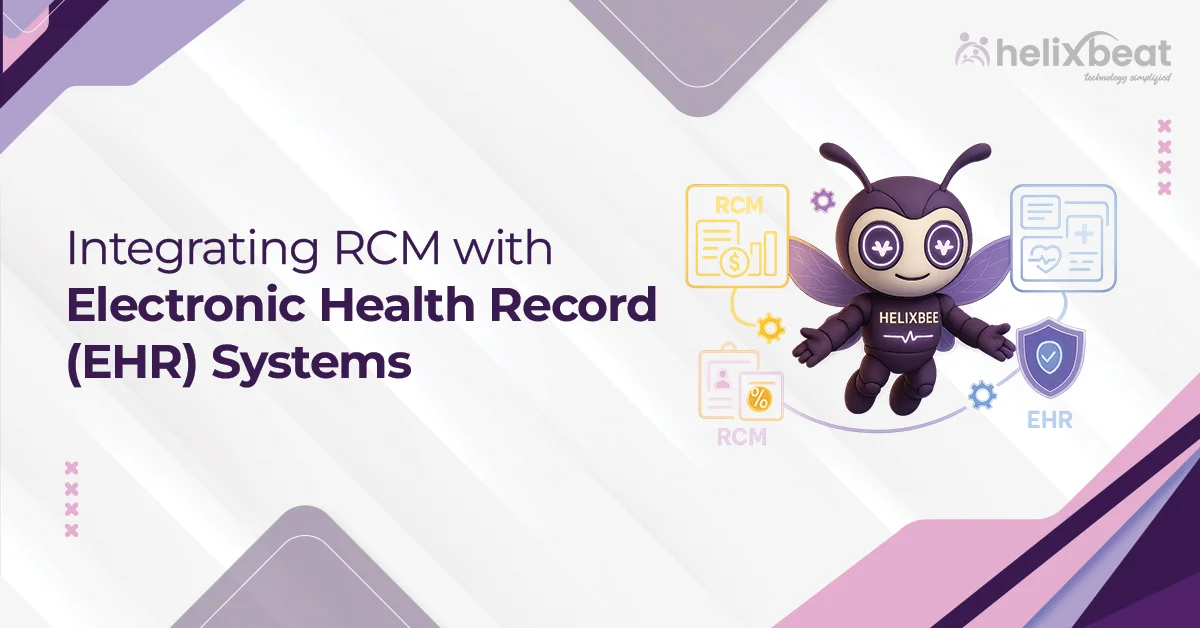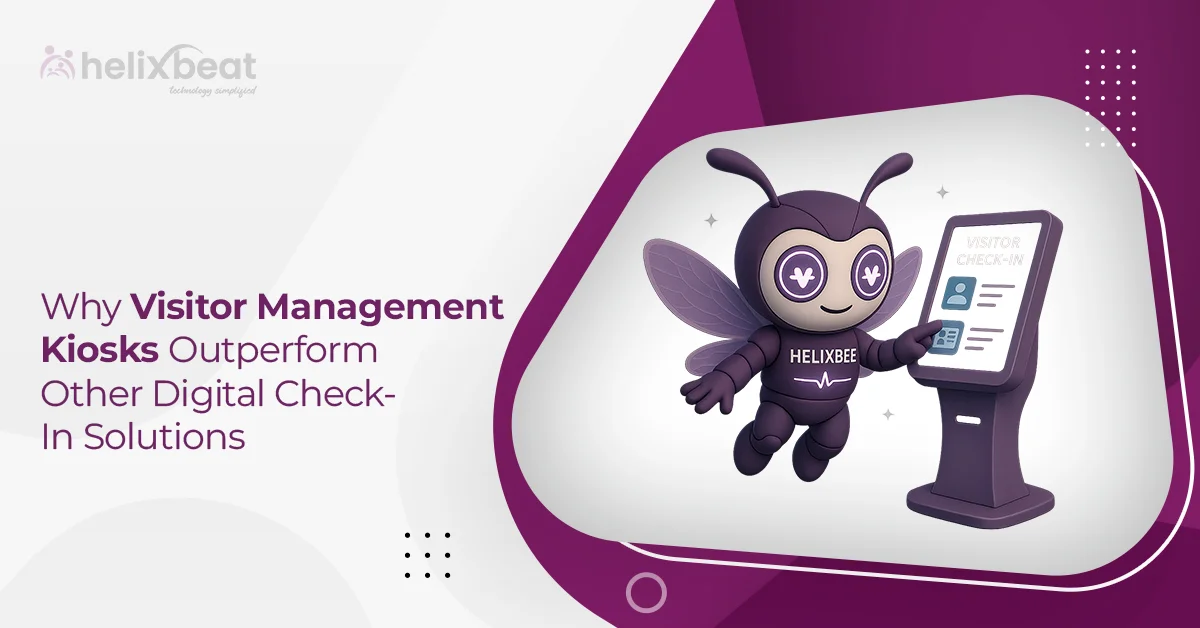In modern healthcare, the FHIR standard (Fast Healthcare Interoperability Resources) has emerged as a widely adopted framework for exchanging healthcare information electronically. However, integrating diverse data sources into this framework requires more than just adoption—it demands precise FHIR data mapping. This process bridges the gap between scattered healthcare data and a unified, interoperable system. In this blog, we’ll break down what FHIR data mapping entails, why it matters, and the best solutions for achieving smooth and effective data exchange in healthcare.
Table of Contents
What is FHIR Data Mapping?
FHIR data mapping is the process of converting healthcare data from various systems, formats, and structures into a standardized FHIR-compatible format. It involves aligning data elements from legacy systems, EHRs (Electronic Health Records), and other healthcare applications with FHIR resources to enable interoperability.
Healthcare data exists in multiple formats, such as HL7 v2, CDA (Clinical Document Architecture), proprietary databases, and unstructured text. FHIR data mapping allows this heterogeneous data to be structured in a way that aligns with FHIR’s modular resource-based architecture, making it easier to exchange, analyze, and utilize across different healthcare applications.
Key Benefits of FHIR Data Mapping
1. Improved Data Interoperability
FHIR data mapping facilitates seamless data exchange between healthcare systems, EHRs, and third-party applications. By converting disparate data formats into a unified FHIR-based structure, organizations can improve interoperability and communication across healthcare networks.
2. Streamlined Clinical Workflows
When data is mapped correctly to the FHIR standard, it becomes easier for clinicians and healthcare providers to access and interpret patient information. This leads to improved workflow automation, reduced manual data entry, and fewer errors in patient records.
3. Enhanced Decision-Making
Mapped data in a structured FHIR format enables healthcare providers to access real-time patient data, which enhances clinical decision-making. Likewise, standardized data integration allows for better analytics, predictive modeling, and AI-driven insights.
4. Faster System Integrations
Many healthcare organizations still operate with legacy systems that use non-standard data formats. FHIR data mapping accelerates the process of integrating these systems with modern FHIR-based applications, which reduces time-consuming and costly integration efforts.
5. Regulatory Compliance and Data Security
FHIR is widely accepted as a global healthcare standard and aligns with regulatory requirements such as HIPAA (Health Insurance Portability and Accountability Act) and GDPR (General Data Protection Regulation). Therefore, mapping data to the FHIR standard improves compliance with these regulations while supporting robust security measures such as OAuth 2.0 for API-based data access.
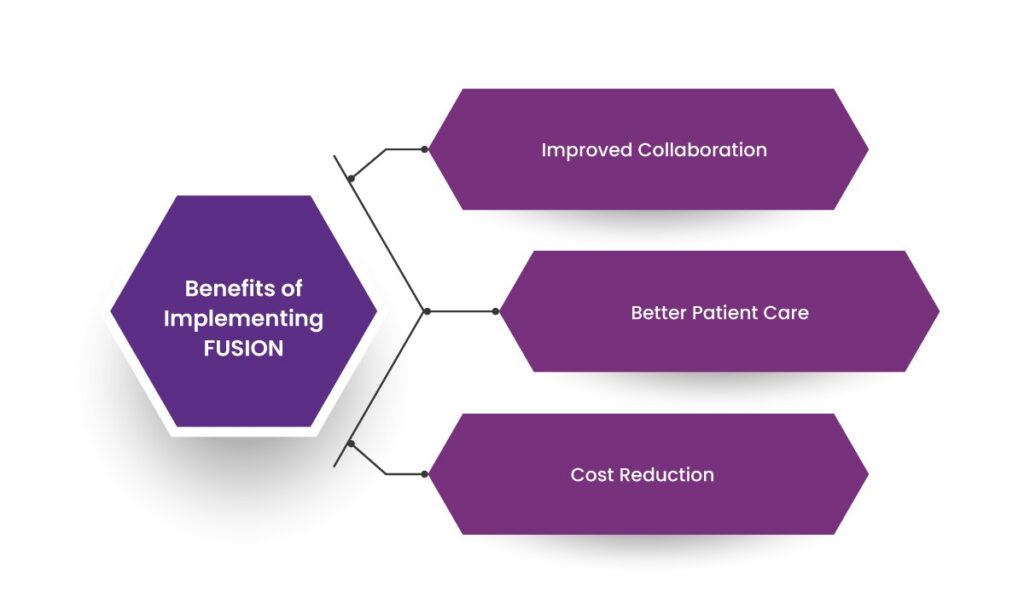
Challenges in FHIR Data Mapping
1. Handling Complex Data Structures
Certain healthcare data elements, such as nested structures in clinical notes, do not always align easily with predefined FHIR resources. This complexity necessitates advanced mapping strategies and transformation logic.
2. Scalability Issues
As healthcare organizations expand their digital infrastructure, they need scalable FHIR data mapping solutions that can handle increasing data volumes without performance degradation.
3. Data Quality and Integrity
Mapping errors, inconsistencies, and incomplete data can lead to interoperability failures. Therefore, organizations must implement validation mechanisms to verify the accuracy of mapped data.
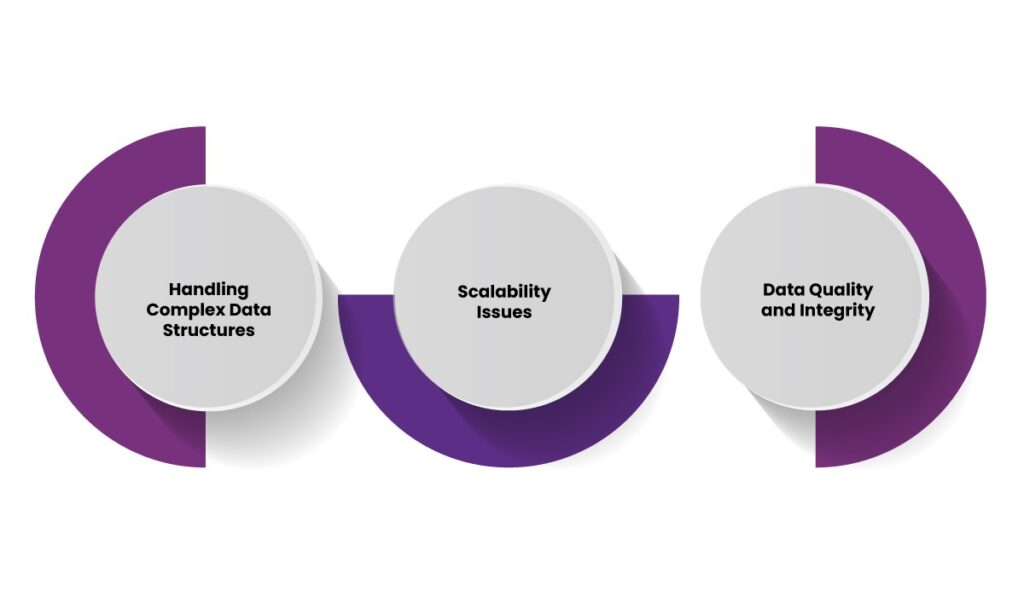
Solutions for Effective FHIR Data Mapping
1. Automated FHIR Data Mapping Tools
Several advanced tools are available to automate the data mapping process, which reduces manual effort and improves accuracy. Some popular solutions include:
- FHIR Mapper: A tool designed to convert legacy healthcare data into FHIR-compliant formats.
- Mirth Connect: An open-source integration engine that supports data transformation for FHIR interoperability.
- Cloud Healthcare API: Enables automated data conversion into FHIR, HL7, and DICOM formats.
2. API-Based Integration
FHIR’s RESTful API framework allows seamless data exchange across healthcare applications. Implementing API-driven integration strategies enables healthcare organizations to map and transmit data efficiently.
3. FHIR Profiles and Implementation Guides
FHIR profiles define how standard FHIR resources should be used for specific use cases. Therefore, adopting implementation guides such as the US Core and International Patient Summary (IPS) helps organizations streamline data mapping while maintaining consistency.
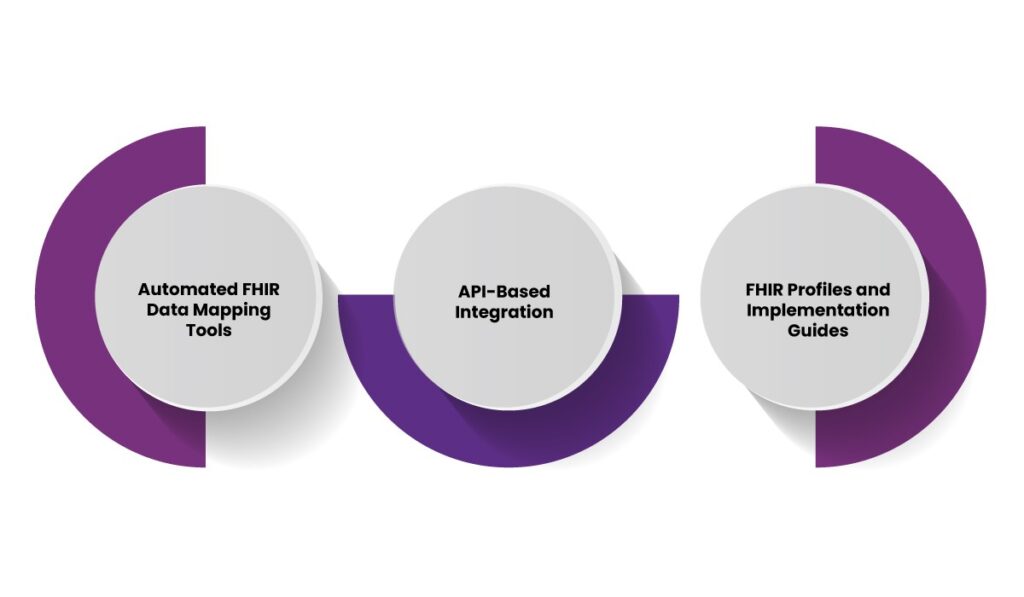
How FHIR Server FUSION Enables Seamless Healthcare Integration
FUSION by Helixbeat offers a powerful solution that simplifies the integration of diverse data sources into the FHIR (Fast Healthcare Interoperability Resources) standard. Designed to facilitate smooth data exchange, FUSION helps healthcare providers access and share patient information effortlessly across various systems, bridging the gaps in interoperability.
Key Features of FUSION
- Data Standardization: FUSION converts multiple healthcare data formats into the FHIR standard, reducing inconsistencies and making data exchange across systems more structured and efficient.
- Regulatory Compliance: With built-in support for industry regulations, FUSION helps healthcare organizations meet interoperability mandates while addressing data privacy and security requirements.
- Operational Efficiency: By automating data mapping processes, FUSION minimizes errors, reduces manual effort, and enhances overall efficiency in healthcare data management.
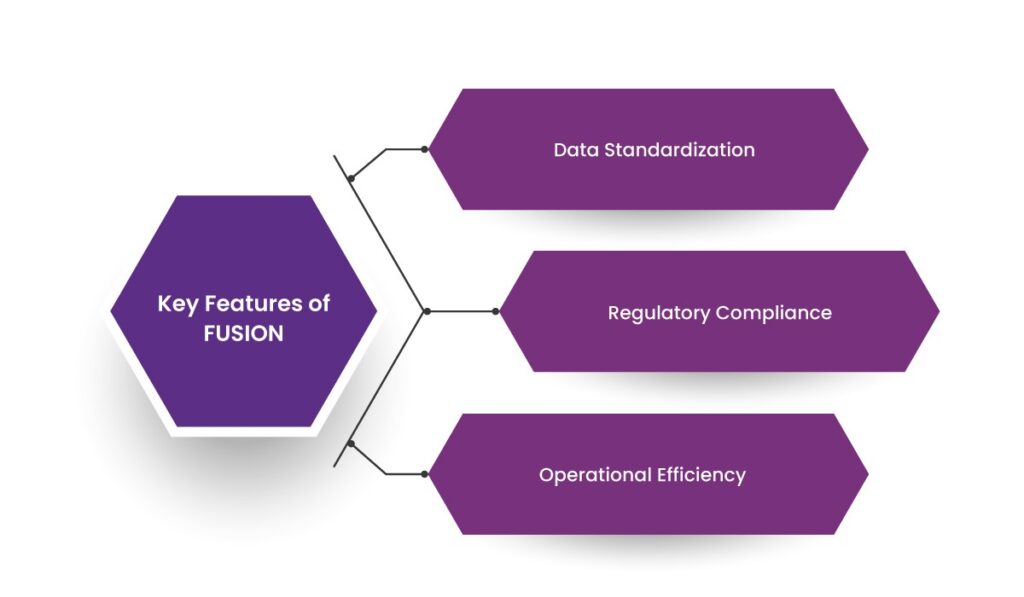
Benefits of Implementing FUSION
- Improved Collaboration: Standardized data allows healthcare professionals to work together more effectively, making patient information readily available across different platforms.
- Better Patient Care: Real-time access to structured patient data helps healthcare providers make well-informed decisions, leading to improved treatment outcomes.
- Cost Reduction: By eliminating redundancies and streamlining data exchange, FUSION reduces administrative overhead and lowers operational costs for healthcare organizations.

Therefore, FUSION plays a vital role in simplifying FHIR data mapping, helping healthcare organizations integrate data seamlessly while improving efficiency and patient care.
Final Thoughts
FHIR data mapping is a transformative step toward creating a truly connected healthcare ecosystem. By converting disparate data formats into the FHIR standard, organizations can enhance interoperability, streamline clinical workflows, and enable faster, more accurate decision-making. However, overcoming challenges like complex data structures, scalability, and data integrity requires the right tools and expertise.
This is where FUSION by Helixbeat makes a difference. With its advanced data standardization capabilities, regulatory compliance support, and seamless API-based integration, FUSION simplifies the complexities of FHIR data mapping. Healthcare organizations leveraging FUSION benefit from improved collaboration, better patient outcomes, and significant cost savings—turning interoperability from a challenge into an advantage.
Ready to take the next step in optimizing your healthcare data exchange? Discover how FUSION can help your organization achieve seamless FHIR integration today!
FAQs
1. What is FHIR data mapping?
FHIR data mapping is the process of converting healthcare data from various systems, formats, and structures into a standardized FHIR-compatible format. This allows seamless data exchange across different healthcare applications.
2. Why is FHIR data mapping important for healthcare interoperability?
FHIR data mapping helps unify healthcare data, enabling smooth communication between EHRs, legacy systems, and third-party applications. It improves data accessibility and integration, making patient information more useful for clinical decision-making.
3. What challenges do organizations face in FHIR data mapping?
Some common challenges include handling complex data structures, scalability issues as data volumes grow, and maintaining data accuracy and integrity during the mapping process.
4. How does API-based integration support FHIR data mapping?
FHIR’s RESTful API framework allows healthcare applications to communicate efficiently by exchanging data in a standardized format. API-based integration helps organizations connect disparate systems without extensive modifications.
5. What makes FUSION a strong solution for FHIR data mapping?
FUSION simplifies healthcare data integration by converting multiple data formats into the FHIR standard. It supports regulatory compliance, automates mapping processes, and enhances operational efficiency across healthcare systems.
6. Can FHIR data mapping help reduce healthcare costs?
Yes, by streamlining data exchange, reducing manual processes, and minimizing integration complexities, FHIR data mapping helps healthcare organizations lower administrative costs and operate more efficiently.



